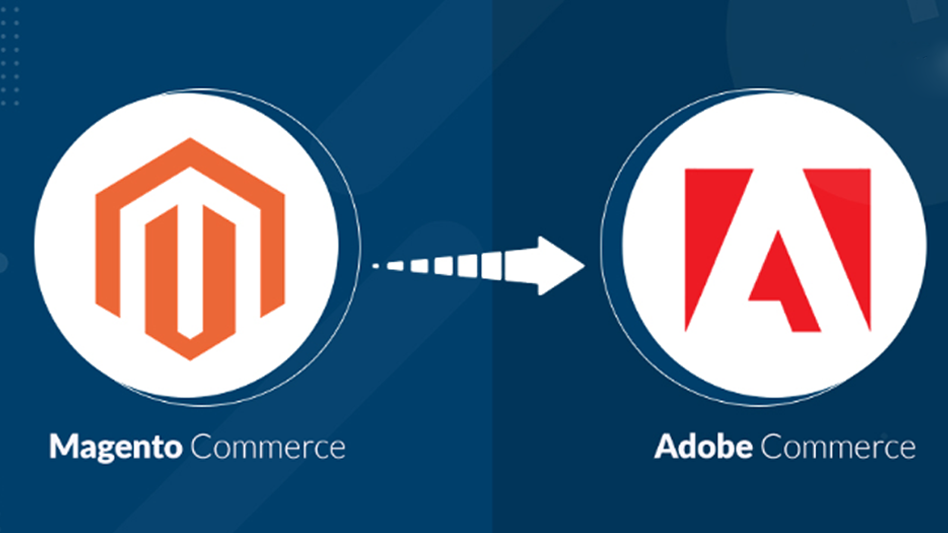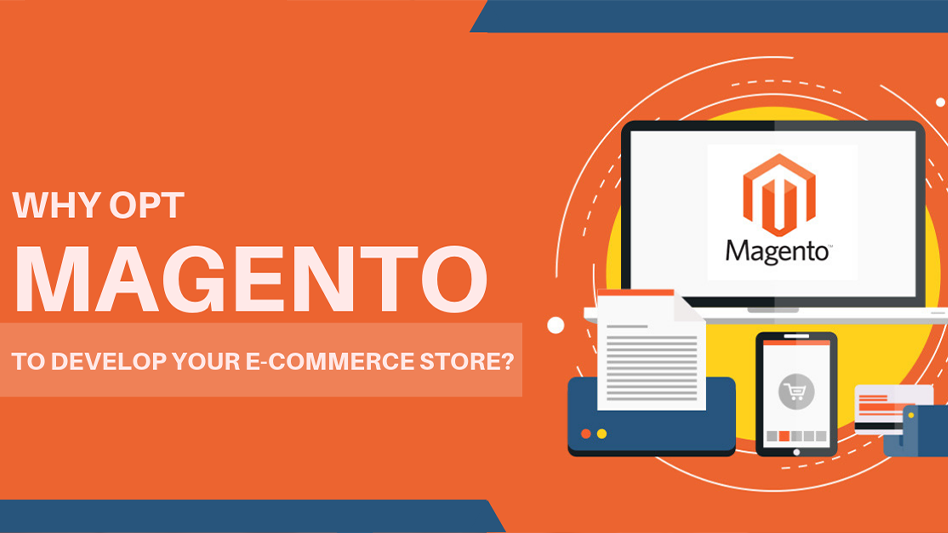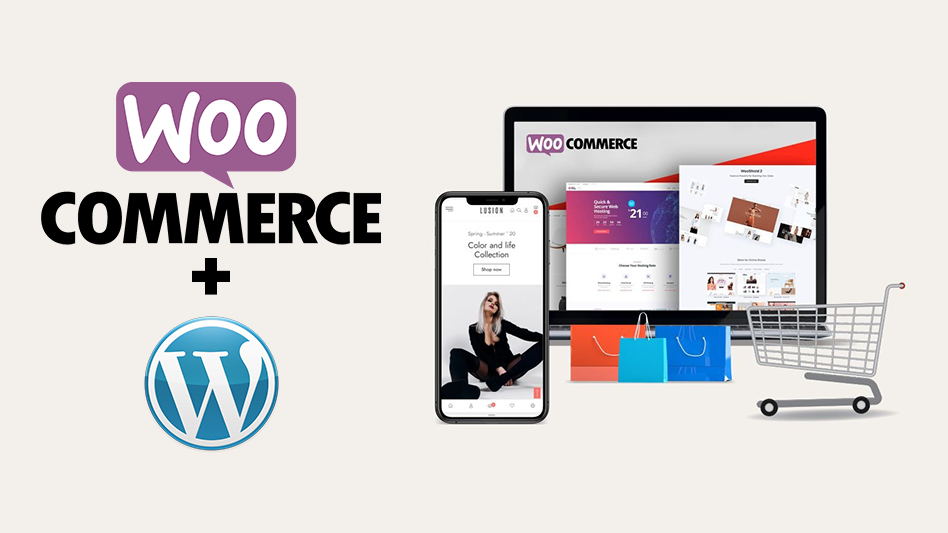Introduction:
In today’s digital age, ecommerce has become an integral part of doing business. With the rise of online shopping, more and more small businesses are turning to ecommerce websites to reach new customers and expand their market. However, building an ecommerce website can be a daunting task, especially for small businesses with limited resources. In this guide, we’ll walk you through the process of ecommerce website development, from planning and design to launch and optimization.
Section 1: Planning Your Ecommerce Website
Before you start building your ecommerce website, it’s important to plan and strategize. Here are some key considerations:
Choose your ecommerce platform: There are many ecommerce platforms available, such as Shopify, WooCommerce, and Magento. Each platform has its own strengths and weaknesses, so it’s important to choose one that fits your business needs and budget.
Define your target audience: Who are your customers? What are their needs and preferences? Understanding your target audience will help you design and optimize your ecommerce website for maximum effectiveness.
Determine your product offerings: What products or services will you sell on your ecommerce website? How will you price them? Make sure to choose products that are in demand and that align with your brand identity.
Develop your brand identity: Your ecommerce website should reflect your brand identity and values. This includes choosing a logo, colour scheme, and design elements that are consistent with your brand.

Section 2: Designing Your Ecommerce Website
Once you’ve planned your ecommerce website, it’s time to start designing. Here are some key considerations:
User experience (UX): Your ecommerce website should be easy to navigate and use. Make sure to optimize your site for mobile devices and use clear and concise language to guide users through the shopping process.
Visual design: Your ecommerce website should be visually appealing and consistent with your brand identity. Use high-quality images and graphics to showcase your products and services.
Checkout process: The checkout process should be simple and straightforward. Avoid long forms or unnecessary steps that could discourage users from completing their purchase.
Security: Ecommerce websites are a prime target for cyber attacks, so it’s important to implement robust security measures to protect your customers’ personal and financial information.
Section 3: Launching Your Ecommerce Website
Once your ecommerce website is designed and ready to go, it’s time to launch. Here are some key considerations:
Testing: Before launching your ecommerce website, make sure to test it thoroughly to identify any bugs or issues. This includes testing on different devices and browsers.
Marketing: Launching your ecommerce website is just the beginning. You’ll also need to market it effectively to drive traffic and sales. This can include social media marketing, email campaigns, and search engine optimization (SEO).
Fulfilment: Make sure to have a clear process for order fulfilment, including shipping and handling. This will help ensure a smooth and efficient customer experience.
Section 4: Optimizing Your Ecommerce Website
Finally, it’s important to continually optimize your ecommerce website for maximum effectiveness. Here are some key considerations:
Analytics: Use analytics tools to track your ecommerce website’s performance, including traffic, sales, and conversion rates. This will help you identify areas for improvement and make data-driven decisions.
A/B testing: Experiment with different design elements and features to see what works best for your ecommerce website. A/B testing can help you identify the most effective strategies.
Customer feedback: Encourage customer feedback and use it to improve your ecommerce website. This includes reviews, surveys, and social media engagement.
Bottomline:
Building an ecommerce website can be a challenge for small businesses, but with careful planning and execution, it can be a valuable asset for reaching new customers and expanding your market. Remember to focus on user experience, visual design, security, and optimization, and continually monitor and refine your ecommerce website to ensure maximum effectiveness. With these tips in mind, you’ll be on your way to ecommerce success in no time.
Ready to take your small business to the next level with an ecommerce website?
Contact us today to learn how we can help you plan, design, and launch a successful ecommerce website that meets your business needs and budget. Let’s work together to achieve your ecommerce goals!






